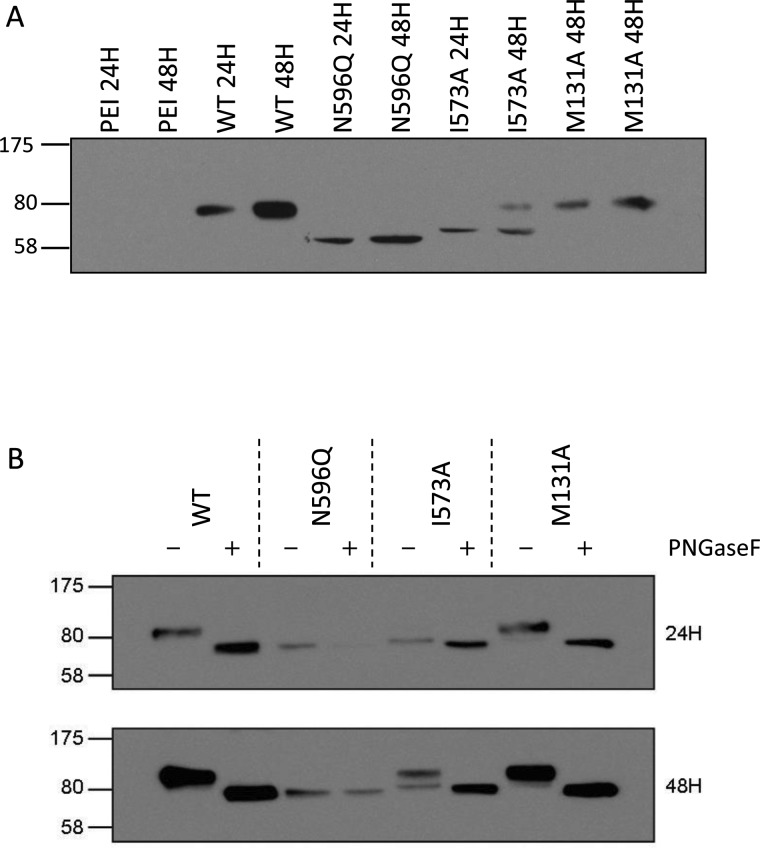Figure 3. His12-I573A shows impaired glycosylation.
(A) Following transient transfection cell lysates (30 μg) were resolved on 10% w/v acrylamide gels and blotted with BXP-21 antibody. Transfection reagent only (PEI) served as negative control, WT His12–ABCG2 and His12–M131A serve as positive controls. His12–N596Q is a glycosylation defective form of ABCG2. His12–I573A is exclusively present at an intermediate molecular mass at 24 h and even at 48 h the majority of His12–I573A isoform is not the mature molecular mass. (B). Cell lysates were obtained 24 and 48 h post transfection, denatured and then incubated in the presence or absence of PNGaseF to remove glycosylation before western blotting. His12–N596Q shows no change in molecular mass upon PNGaseF treatment. By contrast, the lower molecular mass band following transfection with the His12–I573A isoform shows a small (estimated < 5 kDa) change in molecular mass upon PNGaseF treatment indicative of the removal of core glycosylation. WT and a representative other mutant (His12–M131A) are fully glycosylated at both 24 and 48 h post transfection. Data are representative of at least three independent transfections.

